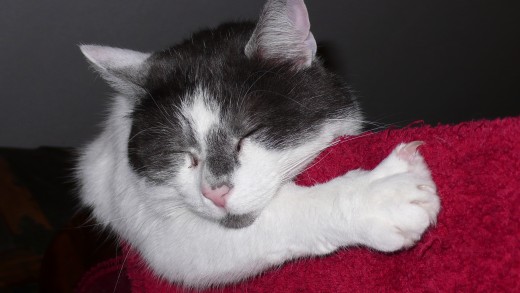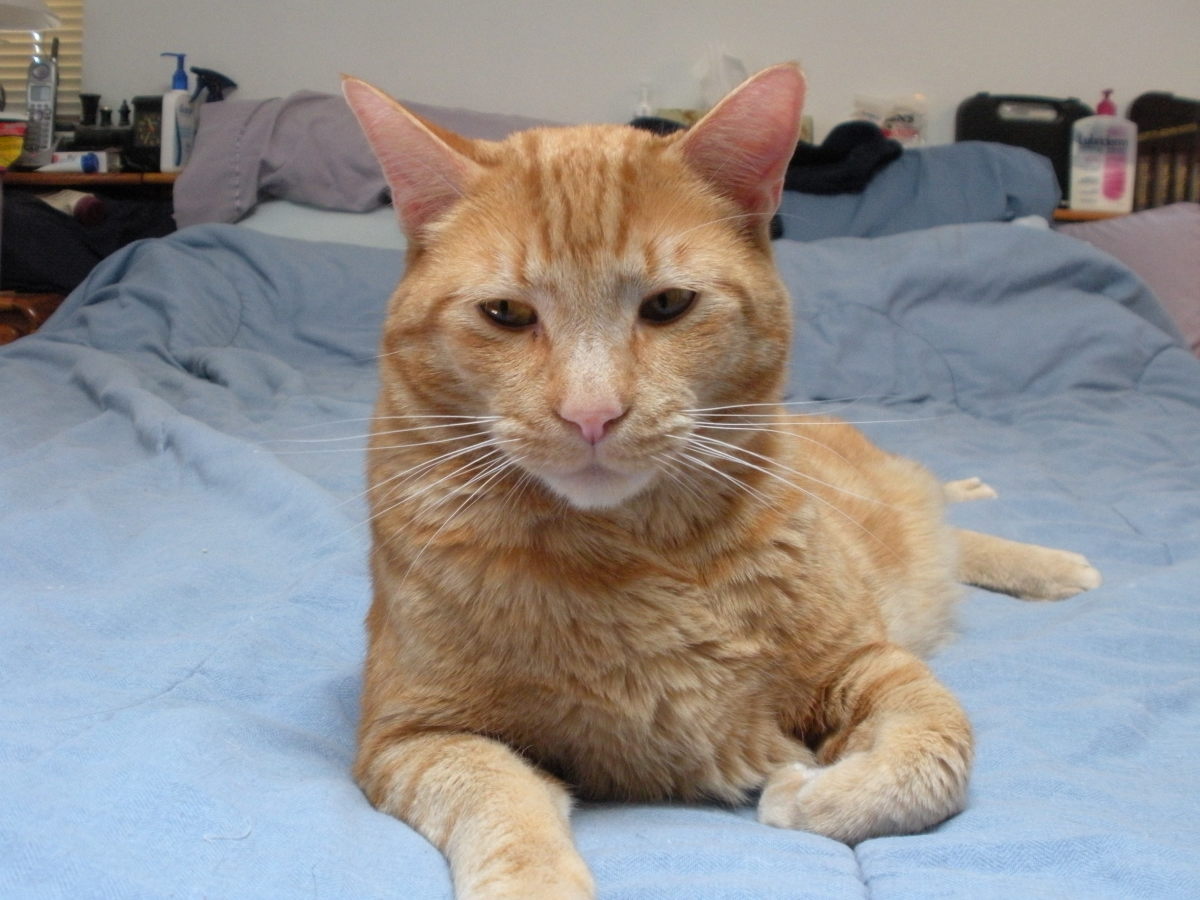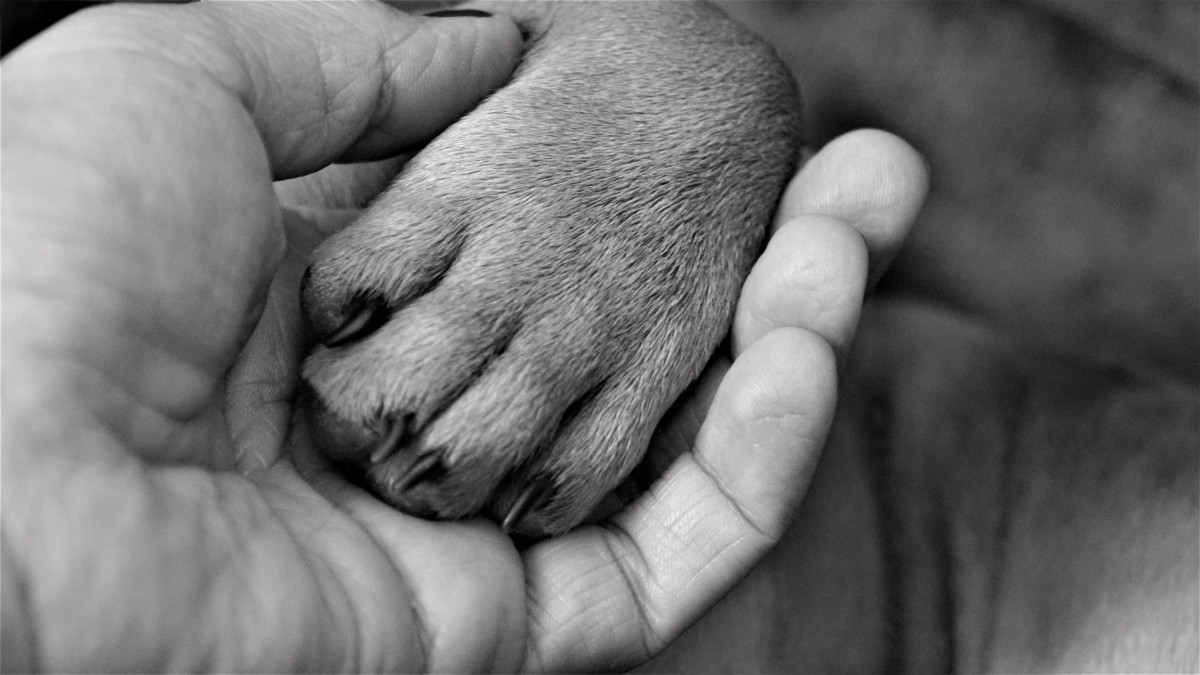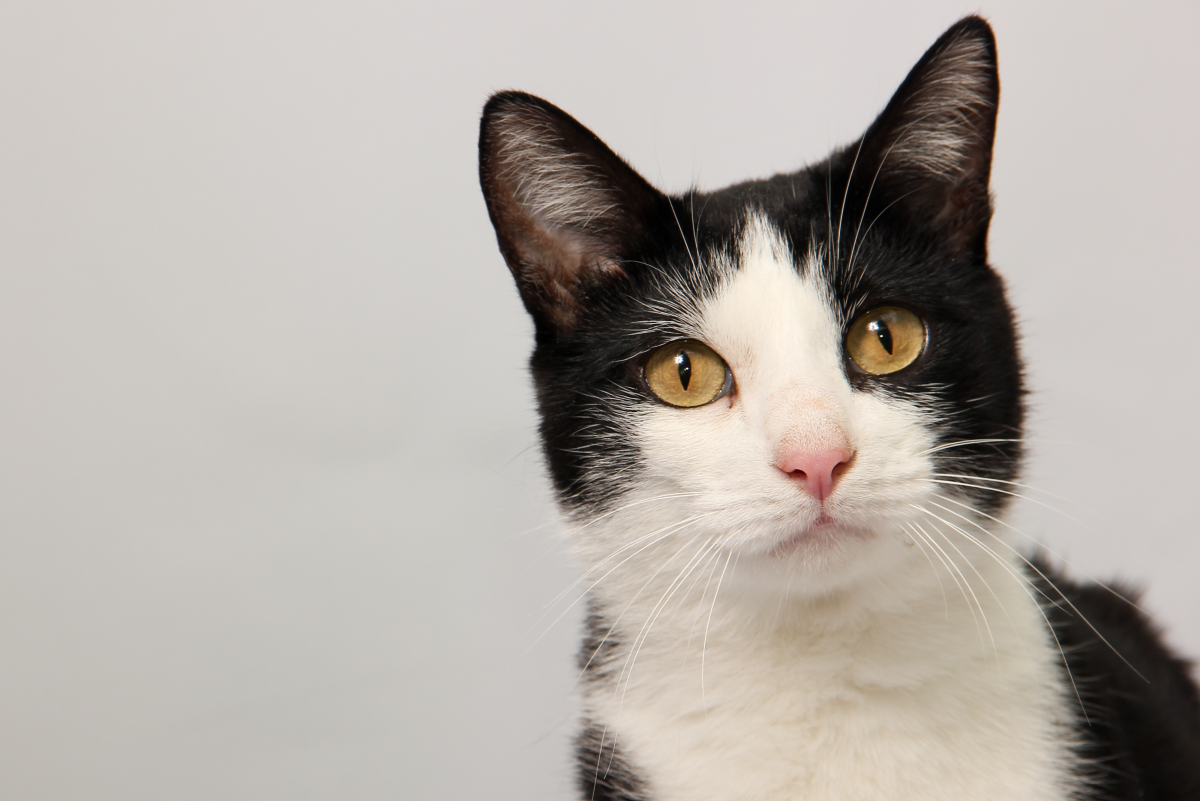Declawing: Facts and Alternatives
declawing a cat
So you've added a new cat or kitten to your family, and Fluffy has already begun to exhibit some annoying cat behavior. Perhaps the most worrisome are those sharp cat claws. You know they can wreak all kinds of havoc around the house. You're considering a cat declaw job on ol' Fluff. It's a safe, simple procedure, right? Hold on there. There's more to declawing a cat than you might realize!
Why do people declaw their cats?
Many cat owners choose to declaw their cats. There are various reasons for this. For one thing, cat claws can be damaging, and a declawed cat can’t destroy furniture. It can’t scratch the kids, either, during play time. Also, the cat won’t be able to hurt other cats or small dogs that might share the same house. While this is a fairly common practice, more and more veterinarians are opposed to cat declawing.
Face it – a cat is going to scratch. It’s part of cat behavior. It’s a big part of grooming. Cats scratch to remove old fragments of nail that are similar to a hangnail on a human. Scratching also helps the cat mark its territory – its own personal space.
How is cat declawing done?
Cat declawing isn't as simple as you might think. Much like the last section of a person’s toe, the cat claws grow from the cat’s toe’s third phalanx. Even though the cat claws are similar to a human’s toenail, when declawing is done, it’s more of an amputation than a toenail trim. Most veterinarians usually remove the entire joint capsule, along with connective tissue like tendons and ligaments, in addition to the cat claws. This process is called an onychectomy.
If you’re considering declawing your pet, first consider the advantages and disadvantages of declawing.
Advantages of cat declawing
A declawed cat will not be able to damage furniture, drapes, and carpets by scratching. The kitty will continue to “scratch,” as part of normal cat behavior, but it won’t be harmful to your home. A cat lacking claws will not scratch your kids or another pet. The declawed cat theoretically will not spread diseases and infections like those with cat claws do because the sharp claws break skin, making a direct pathway for germs to enter.
Disadvantages of declawing cats
There are several disadvantages to declawing cats. Declawing is painful. In fact, after being declawed, some cats have a major change in personality and exhibit unusual cat behavior. Many become fearful, perhaps because their natural defense mechanism is gone. And since they can no longer scratch, some become biters. Also, after declawing, some cats refuse to use the litter box, even those who were litter-box trained before the operation. They won’t be able to mark their territory through scratching, so they might begin to rely on spraying to mark their space. In addition, sometimes declawing will make a cat adopt an irregular gait which could lead to painful arthritis.
Alternatives to a cat declaw
There are lots of alternatives to a cat declaw. If you’re still undecided about declawing but are concerned about the damage your cat’s claws can do, try a few alternatives first. Give your pet places to scratch, like cat trees and a cat scratching post. According to feline experts, the sisal cat scratching post is best. If your cat doesn’t seem to care for its new cat scratching post, try sprinkling a little catnip around the base to entice it. Since some cats scratch because they’re bored, make sure Fluffy gets lots of exercise, plenty of human interaction, and several toys to play with. Keep your cat’s nails trimmed and smooth, so that it won’t feel the need to do grooming scratches. To keep the cat away from the furniture, try one of the commercial chemical products on the market.
If you find it difficult to change the cat behavior pattern, try something else. Another idea is to purchase a set of vinyl claw covers, like Soft Paws. Soft Paws are glued onto the cat claws, and they come in several colors. Soft Paws are safe and comfortable, and they effectively negate the sharpness of the claws.
Think before declawing a cat
Don’t take declawing cats lightly. If you ultimately decide on the procedure, make sure it’s done by a licensed veterinarian. Kittens between three and six months do better with the operation than do adult cats. Just remember, once the cat declaw operation is done, it’s irreversible. Your pet will be without its first line of defense from that point forward. You will have to be ultra-diligent in keeping the cat inside and safe as it won’t be able to protect itself. Declawing is illegal in many countries and is losing popularity in the U.S. Before resorting to such an extreme measure, exhaust all other alternatives to cat declawing in correcting the scratching problem.
Read more about cats and other pets by clicking the article links below:
- Understanding Cat Sounds, with Video Examples
Cat sounds are the way felines communicate with humans, with other cats, and with other animals. Although domesticated cats can make more than a dozen different sounds, adult cats in the wild are mostly... - Product Review: Fresh Step Cat Litter
I have three daughters, and growing up, they all loved cats and kittens. Actually, they loved all animals. It would have been perfectly fine with them if they could have shared their rooms with a panda bear,... - Buy a CatGenie at a Discount Price - Watch These Videos!
Love your cat but hate handling cat litter? And what about the inherent smell of having a kitty or two sharing your home? Cat litter has definitely come a long way from what it was several years ago,... - Pink Poodles and Dyed Doggies
Pink poodle, anyone? What would you think about a pink poodle? How bout a blue beagle? Panda puppies? A purple pug? Dyed dogs are the latest rage in Japan, and the fad is spreading to the US. Dog fur or... - Why Do Pet Owners Live Longer?
Ahhh...nothing like a dog's love! If you have a pet, or if you've ever owned a pet, you probably already know that having a furkid around can add a lot of happiness to your life. Sure, caring for an...












